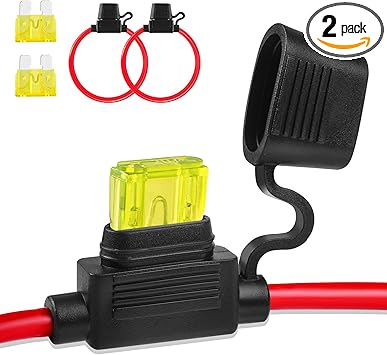Hey guys. My truck is a 2001 F350. I bought and installed a pair of hitch mounted 60 watt led pods. Instead of running a switch, i was planning on just tapping into the reverse wire in the main wiring harness, or in the branch off that goes to my 7 pin trailer plug. Now I am wondering if this will be too much power for the reverse circuit. I am posting a link below to the lights. Nothing fancy, I just wanted a little more backup lighting. I would like to know if this will be too much power for the reverse circuit, and if so, what will i need to do to make it work?? Thanks in advance fellas.


Amazon.com: Nilight 2 Pcs 4 Inch 60W Led Pods with 2 Inch Tow Hitch Mounting Brackets Backup Reverse Lights Rear Light Bar for Pickup ATV SUV Truck Trailer Boat : Automotive
Buy Nilight 2 Pcs 4 Inch 60W Led Pods with 2 Inch Tow Hitch Mounting Brackets Backup Reverse Lights Rear Light Bar for Pickup ATV SUV Truck Trailer Boat: Light Bars - Amazon.com ✓ FREE DELIVERY possible on eligible purchases
www.amazon.com






